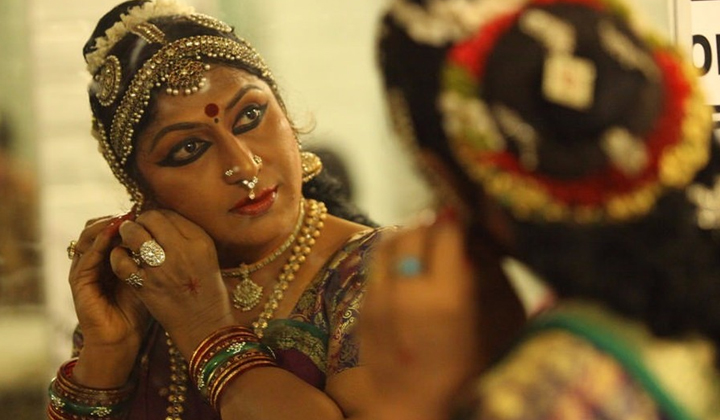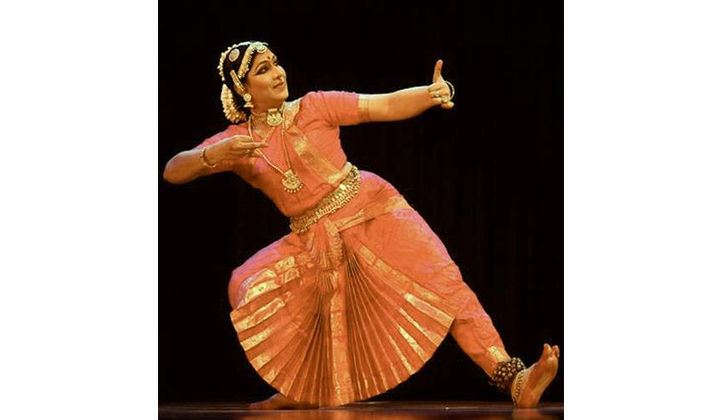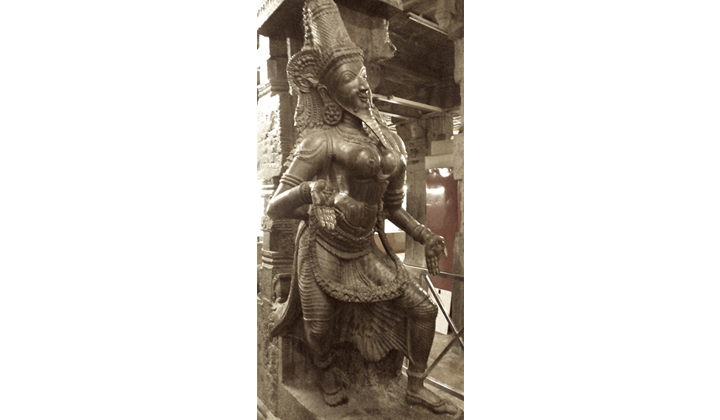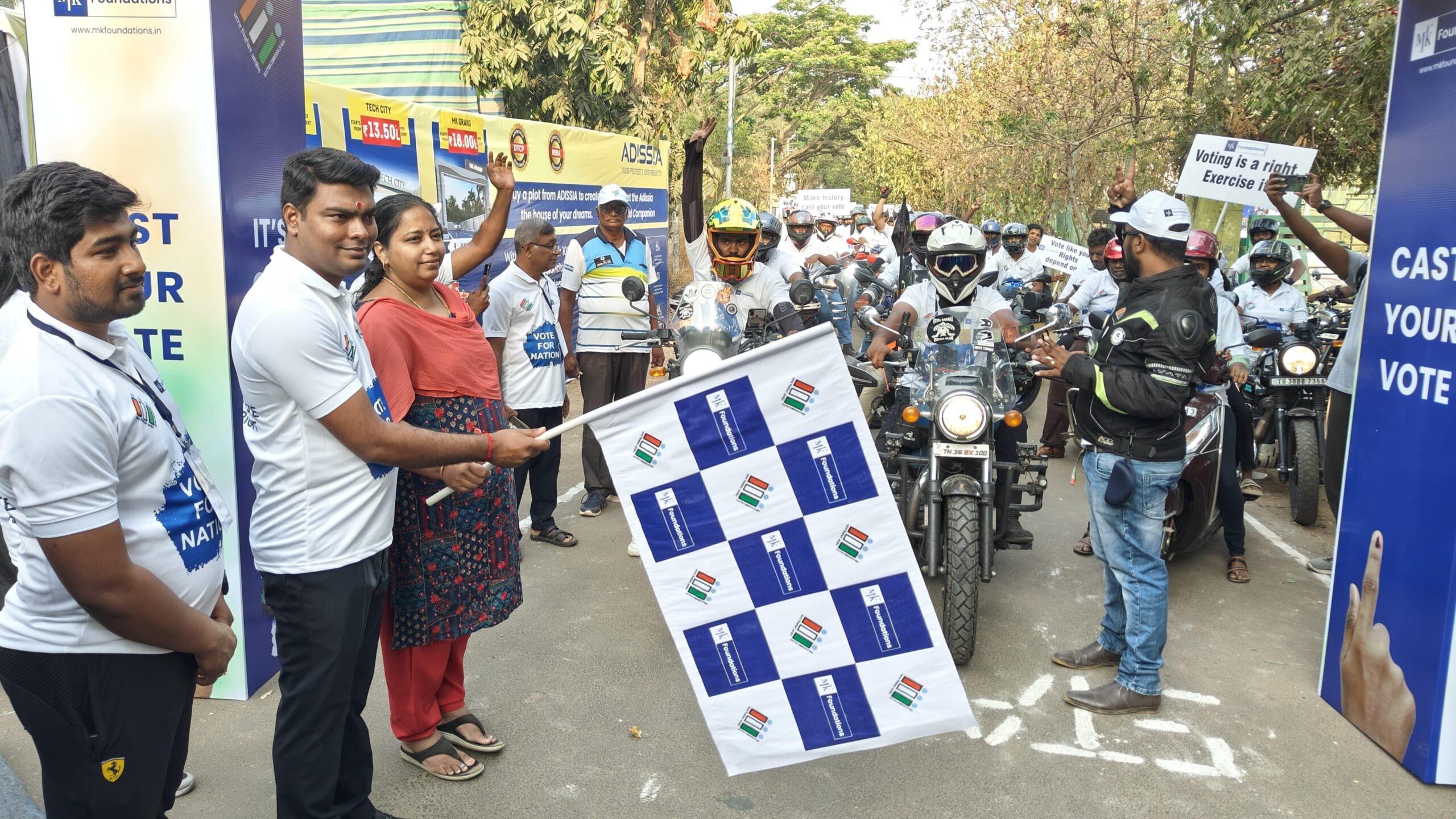Trending Now
- IPL 2024 begins with a bang. First contest between CSK and RCB.
- Election commission allots mike symbol to Naam Thamizhar Katchi
- AIADMK promises to urge for AIIMS in Coimbatore, in its election manifesto.
- Ponmudi becomes higher education minister.
Columns
On World Dance Day, meet the transgendered superstar of Bharatanatyam
![]() April 29, 2016
April 29, 2016
Exclusion and derision couldn’t stop Narthaki Nataraj from reaching the apex of her dance form.
If they see breasts and long hair coming they call it woman, if beard and whiskers they call it man: but, look, the self that hovers in between is neither man nor woman O Rāmanātha.
Lingayat poet Devara Dasimayya’s words resonate as a bitter reproof today. Dasimayya wrote the verse around 12th century, at a time when Kannada Vachana poetry was growing with the progressive Veerashaivism movement. The Veerashaivas were challenging Brahminical orthodoxy and Vedic appropriation of rituals. Caste and gender hierarchies were being disrupted, and the transgender community occupied an exalted position in society.
By the 14th century, in another part of the country, transgender people were well integrated into society. In Tamil Nadu they were considered auspicious at ceremonies, and exquisite stone sculptures honoured them. You can still see that celebration at Madurai’s Meenakshi Sundareshwar Temple, where carved into a pillar is a statue with voluptuous breasts and a flowing beard, its hands in the Varada Mudra, bestowing blessings.
Their standing sadly slipped away over the next hundreds of years. From the centre the transgender community was driven to the fringes. They were no longer celebrated but marginalised and excluded by society, left to beg on the streets. If any transgender broke down the barriers, it was through her sheer personal grit and tenacity. This is the story of one such remarkable person.
Setting the tone
Narthaki Nataraj, the first transgendered superstar of Bharatanatyam, has always been unordinary.
Born in the temple town of Madurai in 1964, Nataraj took early interest in the arts and fell in love with dance watching local drama troupes. He realised he was born in the wrong body at age 10. Driven by social insensitivity, he left home two years later. Rejection and ridicule followed him to the streets. He and his only friend, Shakti Bhaskar, did menial jobs for food, though Nataraj’s love for dance kept drawing him back to events and festivals. Nataraj searched for a guru who would accept him, and finally found one in the legendary Thanjavur Kittappa Pillai in 1984.
As he pleaded his heart out, hoping to be accepted, Kittappa rechristened him Narthaki Nataraj.
Classical dance at the time was still far from reforming. Some forms like the Kuchipudi allowed the entry of women performers only as late as the 20th century. Bharatanatyam, meanwhile, remained the reserve of women – its language, content and form designed solely for the female body. It was only when the form went from the hands of temple practitioners into the hands of the upper caste elite in the 20th century did it get reconstructed. Finally, male performers were accepted, though they had to continue dancing to lyrics written in the female voice for a while.
Like Narthaki, Kittappa too was exceptional. His ancestors, known as the Thanjavur Quartet, were responsible for codifying Bharatanatyam 200 years ago, when they were palace musicians and teachers under the Maratha rulers in Thanjavur. They trained hundreds of dancers who lived in the Brihadeeswara temple, the same temple where stands a remarkable sculpture of Shiva as Ardhanarishvara – half man and half woman.
For 15 years, Narthaki studied Bharatanatyam from the generous Kittappa, whose other star students included Yamini Krishnamurti, Vyjayanthimala Bali and Sudharani Raghupathy. Seeing Narthaki’s diligence, Kittappa taught her several dance pieces from the traditional repertoire, making her among a handful of custodians of the rare items performed in the Thanjavur tradition of Bharatanatyam. When Kitappa worked with the Tanjore Tamil University, she served as his research assistant. When the Sangeet Natak Akademi made a documentary on the life of Kitappa, Narthaki was chosen as the main demonstration artiste for the dance pieces he described.
The dance community had to accept Narthaki. Though many conservatives sniggered at her, Sabha secretaries mocked her and the Bharatanatyam establishment kept ignoring her, she grew steadily into a fabulous performer. She even established her own dance school Velliyambalam Nadana Kalaikoodam in Chennai and Madurai. In 2007, the government of Tamil Nadu honoured her with the Kalaimamani award. And four years later, she was honoured with the prestigious Sangeet Natak Akademi award from the President of India, a first for any transgender.
Narthaki specialises in widening her repertoire by dipping deep into Tamil literature. Keeping the style and form the same, she has choreographed songs of nationalist poets like Subramanya Bharati. At present, she is researching the history of transgenders in Tamil poetry and literature.
As sexual minorities across India fight for their rights and acceptance, Narthaki’s life stands as a shining example. Exclusion and derision didn’t stop her from performing. Her grit and belief gave her a vibrant performing career, which continues to enthral her audiences.
Veejay Sai
Disclaimer: The views expressed above are the author’s own
























